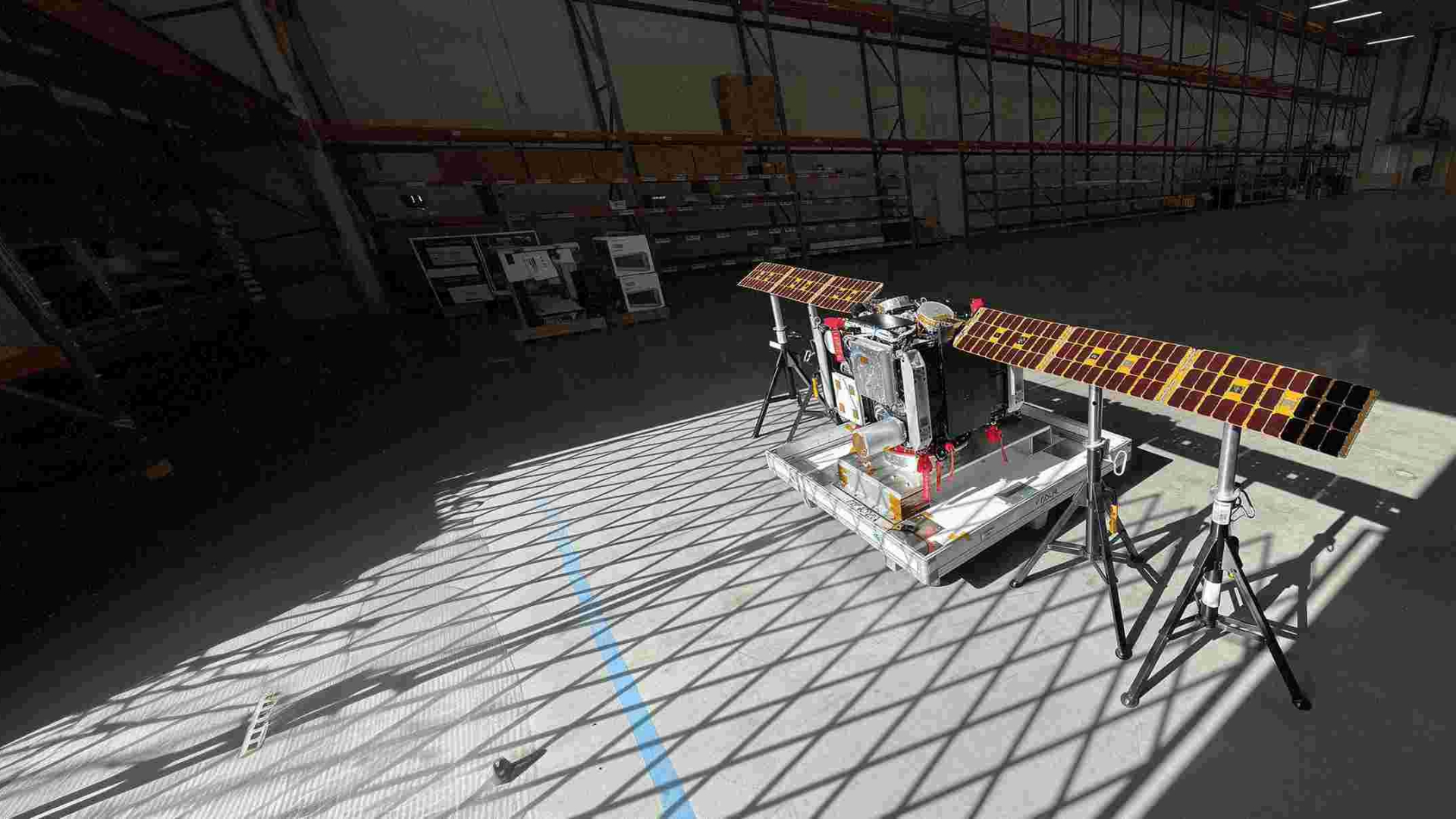A growing interest in asteroid mining is prompting research into the potential for extracting valuable resources from both asteroids and lunar impact sites. This exploration is supported by recent missions and studies that suggest a lucrative future for space mining ventures.
AstroForge, a company based in Huntington Beach, California, is at the forefront of this initiative. They aim to establish asteroid mining as a viable industry, targeting precious metals such as platinum group metals (PGMs). In February 2023, AstroForge launched its $3.5 million Odin spacecraft to investigate the near-Earth asteroid 2022 OB5. Unfortunately, the company later reported losing contact with the probe due to communication issues. AstroForge’s CEO, Matt Gialich, described the challenges as part of the learning process in this emerging field.
NASA’s Missions and Potential Resources
NASA has also made significant strides in asteroid exploration. The agency’s OSIRIS-REx mission successfully returned samples from the asteroid Bennu in September 2023. Additionally, NASA’s Psyche spacecraft is scheduled to arrive at the metallic asteroid Psyche in August 2029. This celestial body is estimated to contain metals worth trillions of dollars, raising hopes for the economic viability of asteroid mining.
Asteroid mining is not without its complexities. Alex Ellery, a research professor at Carleton University in Ottawa, Canada, discussed the challenges at the recent Space Resources Roundtable held at the Colorado School of Mines. He emphasized the need to evaluate the benefits of mining both asteroids and lunar resources.
Ellery noted that while asteroids contain valuable materials, only one in 2,000 near-Earth objects (NEOs) has PGMs in quantities that can be economically extracted. Moreover, water, which is critical for sustaining any future lunar or Martian colonies, is also scarce in asteroids, found in just one in 1,000 NEOs. He proposed that a lunar industry could benefit from asteroid-sourced materials, creating a sustainable closed-loop system in cislunar space.
Research Highlights Lunar Impact Mining
Recent research led by Jayanth Chennamangalam, an independent researcher in Vancouver, Canada, suggests that mining lunar impact sites may prove more advantageous than targeting asteroids in space. The study indicates that many craters on the moon may harbor remnants of asteroids that left behind valuable resources upon impact.
“There are potentially thousands of craters on the moon that contain PGM ore or hydrated minerals,” Chennamangalam stated.
This research, published in May 2023 in the journal Planetary and Space Science, highlights that the remnants of asteroids that have impacted the moon could offer a more accessible source of materials compared to actively mining asteroids. The study notes that while most asteroids vaporize upon impact, some do leave behind valuable remnants, depending on their velocity.
Chennamangalam’s findings suggest that the number of accessible ore-bearing craters on the moon could surpass available asteroid resources, further emphasizing the lunar surface as a potential mining site.
International Collaboration for Asteroid Management
As interest in asteroid mining grows, so too does the need for international cooperation. A student team from Imperial College London, along with partners from the University of Santiago de Compostela and Cairo University, recently proposed the establishment of the Panel on Asteroid Orbit Alteration (PAOA). This international body would focus on managing the risks associated with human activities in space, including asteroid mining.
The proposal, which won the Schweickart Prize from the B612 Foundation, highlights the potential for unintended alterations to asteroid orbits due to mining activities or spacecraft malfunctions. The PAOA would aim to develop comprehensive guidelines to mitigate these risks and ensure that space resource activities are conducted safely and responsibly.
The proposal was presented during a public ceremony at Lowell Observatory in Flagstaff, Arizona, on June 30, coinciding with Asteroid Day celebrations, which raise awareness of the threats posed by asteroids.
As the space industry continues to evolve, the possibilities for asteroid and lunar mining are expanding. With ongoing missions and collaborative efforts, the dream of extracting resources from beyond Earth is gradually becoming a reality, potentially reshaping the future of resource management on our planet.
